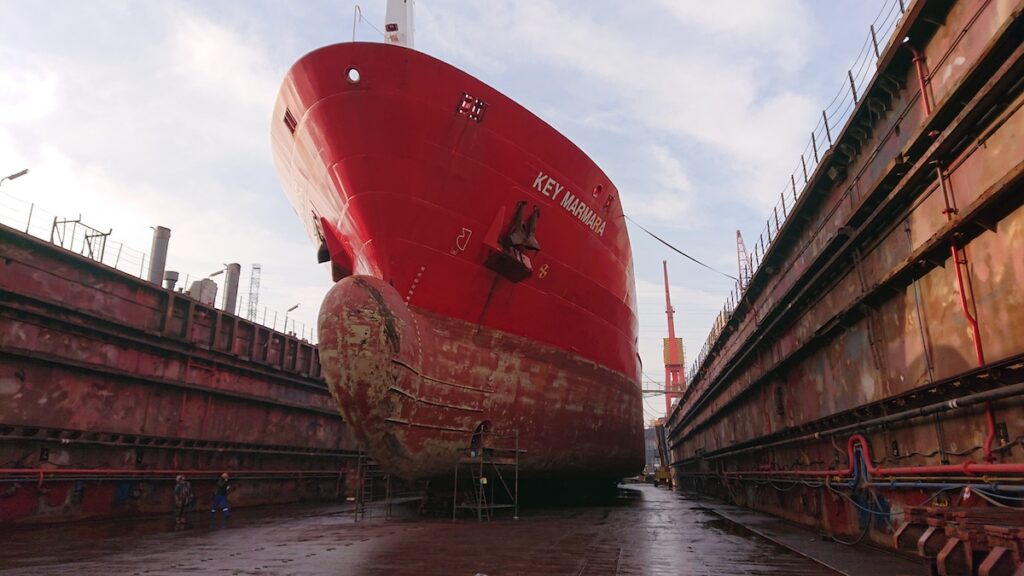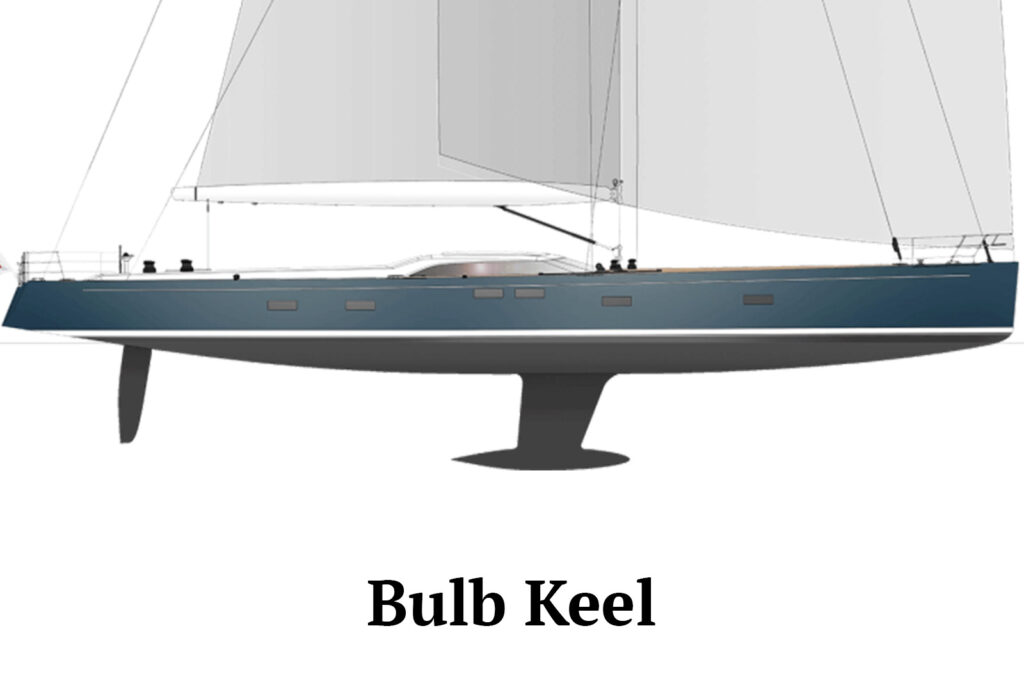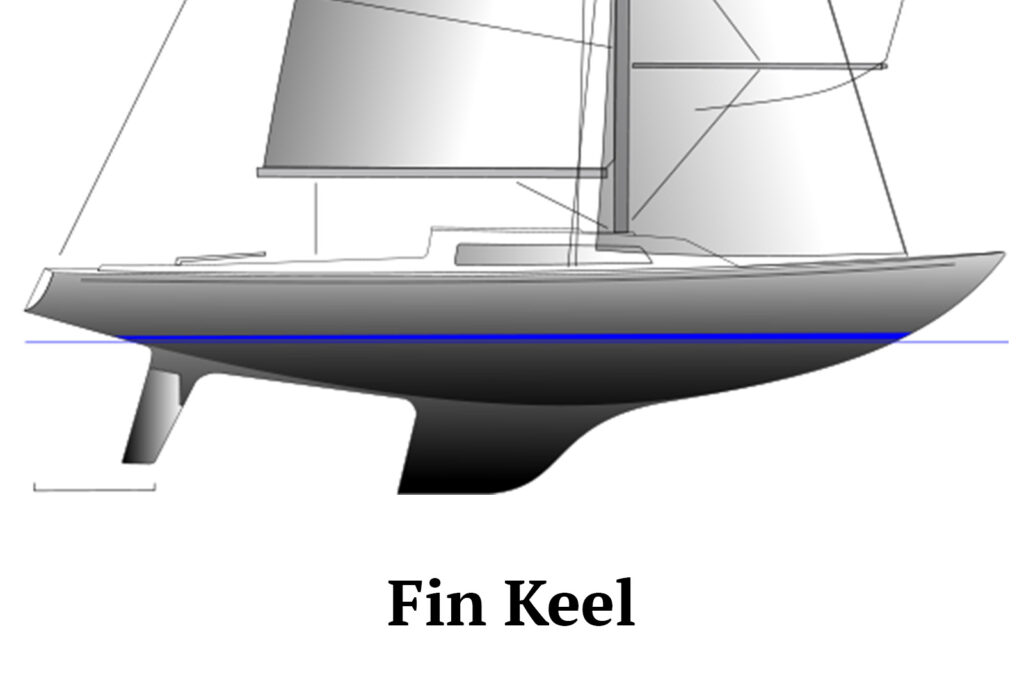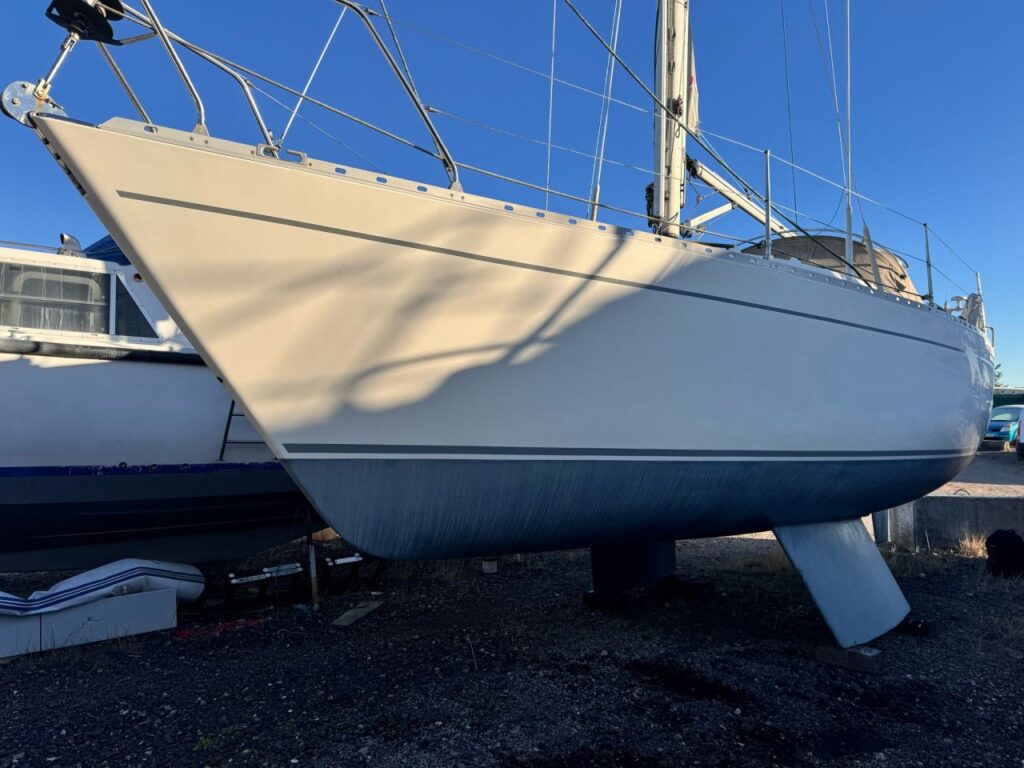The keel of a boat is an essential part of the structure of a vessel. It keeps the vessel stable and prevents the vessel from being overturned into water. The keel of a vessel is typically found at the bottom of a vessel, mostly a fin-like structure, that rests on the seabed, progressing downwards from the hull.
It helps distribute the weight across the entire surface of the vessel and supports it to remain upright even during rough weather conditions in the sea. It also has an important role in terms of the steering of a vessel, and it is only a fact that the keel is a vital component of the hull.

The keel of a boat helps in the overall control of its navigation, primarily in terms of providing longitudinal stability by letting it move forward and backward without losing control of the vessel. Another component of the vessel, other than the keel, providing lateral stability is the ‘rudder’, which is also an essential part of the hull.
Mechanism of the Keel
The keel consists of a flat foot in the bottom center of a vessel with a flat edge. On either side of the structure lies the ballast stones, which are essentially two round weights. These ballast stones are connected to the keel with the help of an iron rod. The ballast stones consist of lead. Thus, the weight supplied by the lead balls in the ballast stones keeps the boat from capsizing.
The keel of a ship
The keel of a ship lay generally underneath the ship, all throughout its length. Just like how the backbone is to us human beings, so is the keel to a ship. It is the primary component of a ship. It is the first thing that is placed on the blocks during the construction of the ship.
Types of Keels on Boats

- Bulb Keel:
Bulb keels are relatively new to the craft and is found to be more practical and resourceful, carrying many advantages over traditional keels. The structure of a bulb keel is often a trimmed cone shape connected to the bottom of the boat’s hull.

The bulbous shape of the structure adds more lift, buoyancy, and stability to the boat compared to other traditional keels, thereby giving the boat more responsiveness and control. It also helps increase its speed and efficiency.
Since the structure is made out of fiberglass or aluminum, it is usually lightweight. This gives them a better edge at having the options of both horizontal and vertical attachment to the hull.
- Ballasted Keel to Full keel:
Unlike other keel structures, this one is weighted down using ballas stones usually made of lead balls, in order to achieve stability for the boat. It is commonly used in the making of sailboats. The ballast stones can be made of not just lead but even iron or concrete. The ballast stones provide stability to the boat by weighing it down and distributing this weight across the surface of the boat preventing It from capsizing over rough waters.
- Fin Keels:
Fin keels, in recent times, are also widely used components in the structure of a boat. It is the least complex, in terms of structure but still holds great benefits. It usually comprises one or more number of straight fins, made of metal.

When found in sailboats and kayaks, they are vertical and when it comes to motorboats and small fishing boats, they are horizontal.
These keels are widely found to be used on sailboats. The fins go parallel to the center of the boat and using a pulley system, it is made to move up and down.
- Twin Fin Keel:
They are similar to fin keels but it is a compact structure of exactly two fins. It is said to protect the boat from tipping over into the water by providing stability. Sailing boaters prefer the usage of twin keel sailboats as, it gives them great control over the vessel, making it easier to maneuver. They are best fit for all sailing conditions, be it rough or calm.
- Bilge Keel:
A bilge keel extends to the seabed from the hull. It is a thin, long, and shallow structure also known as “keel fins”. In order to reduce the amount of spin, bilge keels are fitted to the bottom of the boat using twin hulls.

They also help with improved stability. This type of keel is often used in the structure of large vessels as it reduces the chances of the boat heeling or tilting from one side during unfortunate weather on the sea.
- Foiling Keel:
A foiling keel is part of recent times innovations. They are made of carbon fiber. Unlike most types of keels, this kind is mounted on top of the boat.
- Skeg or Centreboard Keel:
A Skeg keel is a hybrid structure made of two different types of keels. These keels are mounted in the front portion of the boat and consist of a daggerboard and a centerboard. They both function by preventing the boat from slipping forward and slipping sideways.
The skeg provides stability for the boat to go over rough waters. The amount of water over the top of the boat, also known as freeload is maintained relatively very low with the addition of a centerboard on the boat.
Types of Keels on Ships
- Bar Keel:
It is the foremost type of keel constructed on ships made of iron. But they carry the disadvantage of not providing the big vessels with sufficient strength and stability. The keel consists of a bar placed in the center of the keel.
The bar keel is attached to either side of the hull and these ends are known as Garboard strake. The depth of a bar usually falls between 3 to 6 times its own width. Bar keels are mostly useful for vessels that are vulnerable to grounding, for example- ferries or boats.
- Duct Keel:
Duct keels are also known as “box keels”. Throughout the length of the keel, it allows pipes and other services. These keels are mounted between the front portion of the engine room bulkhead and the aft of the collision bulkhead. Duct keels are placed in double-bottom hull ships. The structure of a duct keel is made of solid plates welded into a box shape.
These box keels then create an internal watertight passage running longitudinal to the length of the vessel. Access to a duct keel is usually done through a watertight manhole at the forward end of the machinery space.
- Flat Keel:
Flat keels are a modern invention utilized across all types of sea vessels. The structure is made of a solid plate, supported by frames surrounding the vessel. They are flexible to be fitted onto vessels using both a single bottom and a double bottom hull. Flat keels must be of a full uniform thickness of exactly 3/5th of length, toward the center of the ship. It should also be thicker than the adjoining plates.
Conclusion
Keels are a vital part of any vessel, boat, or ship, large or small. It provides a vessel with stability and strength. Keels impart easy maneuvering capabilities for your vessel.
It protects the vessel from tipping over into the water, while also protecting it from slipping forward or sideways. The choice of keel used in a vessel determines its performance of the vessel. The right choice of keel can protect the vessel from having a compromised ocean capability.
New innovation provides pragmatic techniques and engineering that uses materials of high quality and capacity in the making of different types of keels. If you are unsure of the choice of the keel to be used on your vessel, consulting a professional is important.
- Types of Gas Carriers as per IGC Code – April 22, 2025
- Wind-Assisted Propulsion Systems (WAPS): A Game Changer for Maritime Decarbonization – February 6, 2025
- 10 Boat Salvage Yards in California – January 25, 2025




